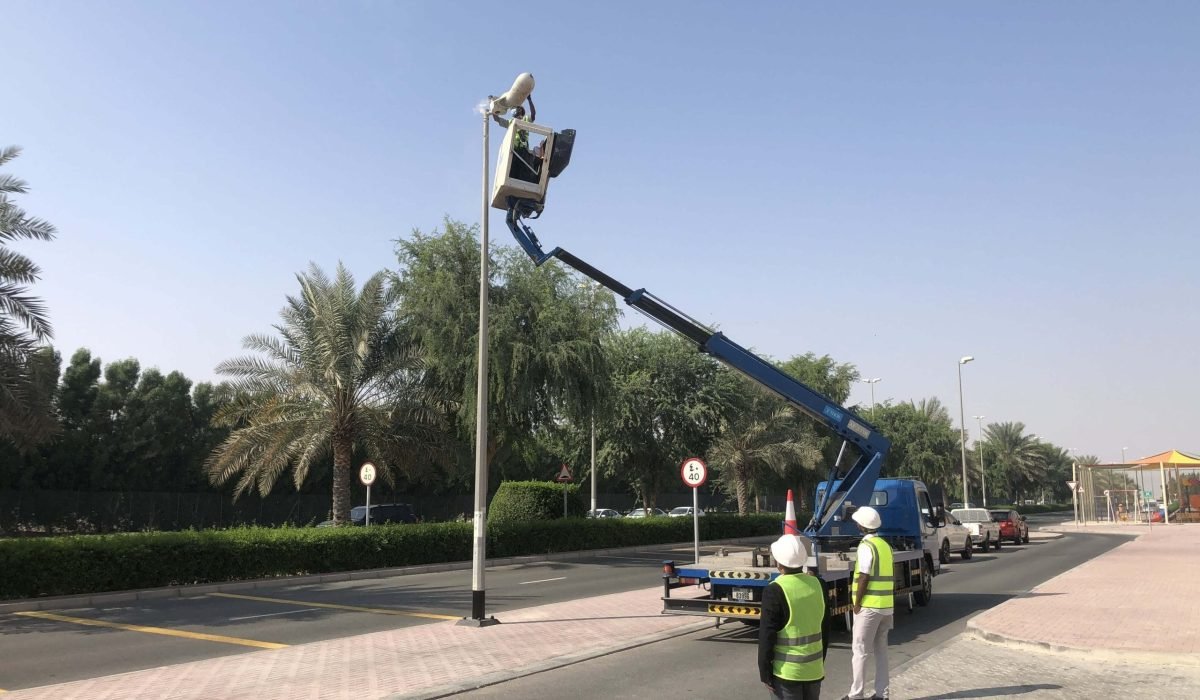Well-maintained streetlights ensure safety, visibility, and energy efficiency in urban and rural areas. However, outdoor lighting systems often face challenges like wear and tear, reduced brightness, and component failures over time.
By focusing on routine upkeep, you can enhance lighting performance, prevent hazards, and extend the life of your investment. Proper care reduces costs and ensures consistent illumination for roads, pathways, and public spaces.
This guide explores practical ways to maintain streetlights effectively, addresses common problems, and highlights the advantages of proactive care.
Benefits of Street Lighting Maintenance
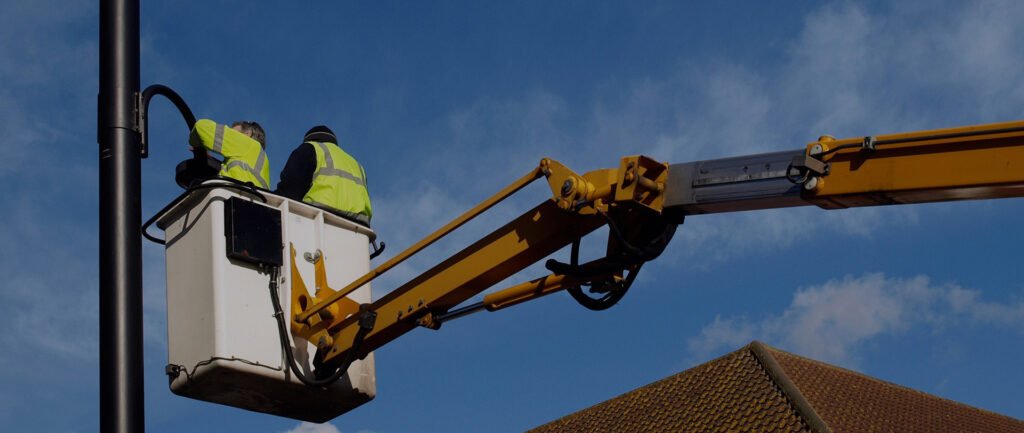
Maintaining outdoor lighting systems offers numerous advantages, from improving efficiency to enhancing safety. Addressing small issues early can prevent larger failures, reduce costs, and ensure consistent operation.
1. Extended Lifespan
Regular inspections help identify and replace worn-out parts like surge protectors or seals, preventing small issues from escalating and significantly increasing the durability of the lighting system.
2. Better Energy Efficiency
Dirty or aged lighting components reduce efficiency. Cleaning fixtures and upgrading outdated LEDs restore their performance, minimizing energy consumption and cutting operational expenses.
| Action | Impact on Performance |
|---|---|
| Cleaning lenses | Maximizes light output. |
| Upgrading old modules | Reduces power waste. |
3. Optimized Coverage
Adjusting angles and positions of fixtures helps minimize blind spots, reduces unnecessary upward light, and improves overall illumination. This ensures safety while limiting light pollution.
4. Prevention of Safety Risks
Damaged wires or corroded casings can lead to serious electrical hazards. Regular monitoring of these elements reduces risks and ensures public safety.
Why Is Maintenance Necessary?
Streetlights naturally degrade due to environmental factors, usage, and aging components. Proactive care is essential to prevent the following issues:
1. Lamp Failures
Non-functional or flickering lamps are often caused by driver malfunctions, power surges, or aging modules. Replacing faulty parts during inspections ensures reliable performance.
2. Decline in Brightness
Over time, LEDs lose their ability to produce sufficient light. If brightness levels drop below 70% of the original luminous flux, it’s time to replace the light source.
3. Dirty Fixtures
Pollution, dirt, and debris reduce the clarity and brightness of lights by up to 40%. Regular cleaning maintains the system’s efficiency and ensures consistent coverage.
| Issue | Impact | Solution |
|---|---|---|
| Dust buildup | Reduces light intensity. | Clean regularly. |
| LED decay | Lowers brightness. | Replace when necessary. |
How to Maintain Street Lighting
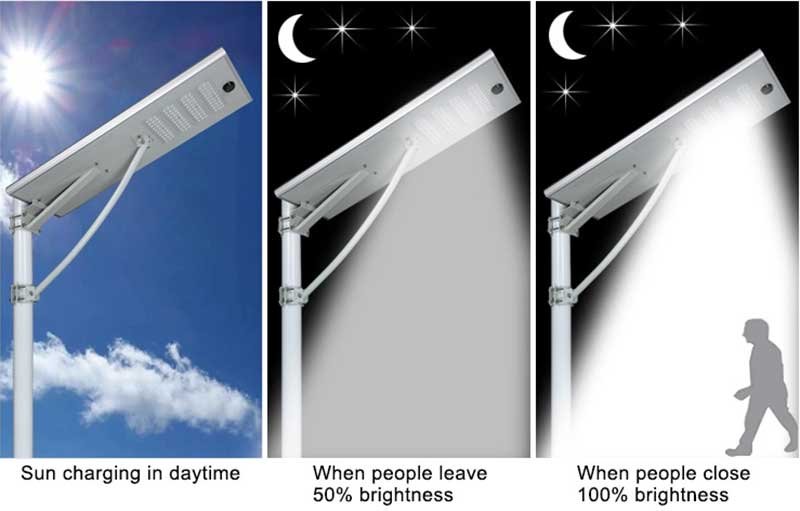
Effective care involves inspections, cleaning, and replacing key components. Here’s how to approach common maintenance tasks:
1. Replace Drivers
Drivers regulate power supply and protect against electrical surges. Faulty drivers should be replaced promptly to avoid further damage and maintain stable performance.
2. Clean and Replace Modules
Accumulated dirt reduces light output. Clean LED modules on a set schedule, especially in high-pollution areas. If cleaning doesn’t restore brightness, consider replacing the modules.
3. Inspect Appearance and Wiring
Streetlights are exposed to extreme conditions, which can affect their structural integrity. Regularly check for:
- Cracks, scratches, or corrosion on the housing.
- Damaged or exposed internal wiring.
- Faulty seals that compromise waterproofing.
Best Practices for Effective Care
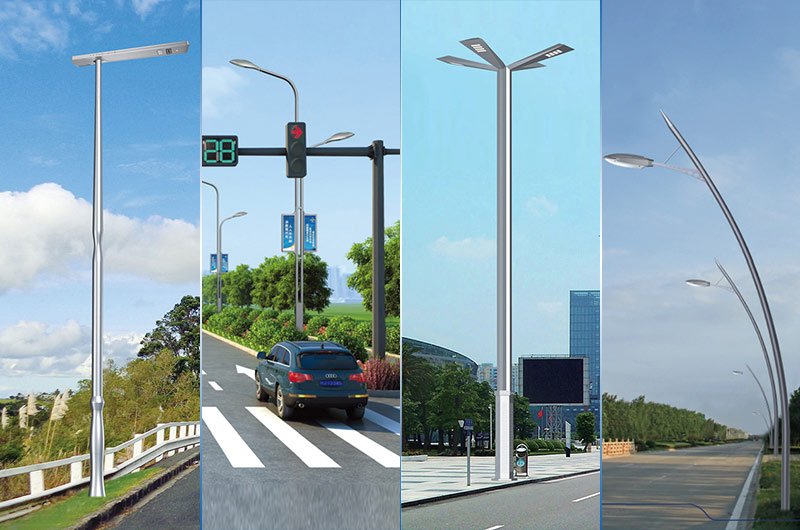
To maximize the performance of streetlighting systems, follow structured approaches for inspections, repairs, and upgrades:
1. Preventive Care
Schedule regular maintenance tasks like cleaning lenses, inspecting wires, and tightening components. This strategy minimizes unexpected failures and prolongs system life.
2. Predictive Strategies
Leverage monitoring tools to analyze system performance and anticipate potential issues. Predictive care helps reduce downtime and improves reliability.
3. Address Failures Quickly
Reacting promptly to damaged parts or malfunctions prevents small problems from affecting other components. Replace broken modules or repair wiring immediately to avoid costly repairs later.
| Maintenance Type | Focus | Example Activities |
|---|---|---|
| Preventive | Routine checks and cleaning. | Regular cleaning schedules. |
| Predictive | Anticipating potential issues. | Use performance data to plan ahead. |
| Corrective | Immediate response to failures. | Replace faulty drivers or modules. |
Summary
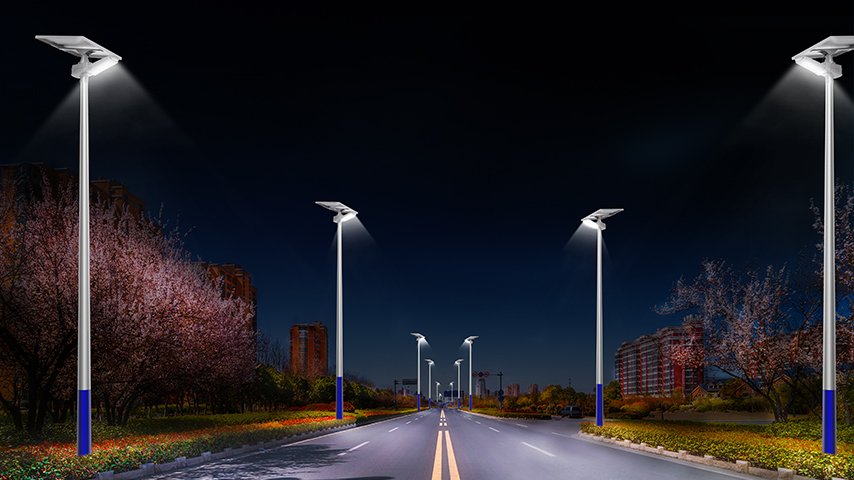
Streetlight systems require ongoing care to deliver optimal safety, reduce energy costs, and enhance urban visibility. Essential maintenance tasks include:
- Cleaning light fixtures to maintain brightness.
- Inspecting wiring and housing for damage.
- Replacing worn-out drivers and LEDs.
Proactive care strategies, like preventive and predictive maintenance, help prevent failures and ensure cost-effective operation. By investing in regular upkeep, you can extend the lifespan of your lighting systems and improve public safety. Start implementing these practices today for efficient and reliable illumination.

